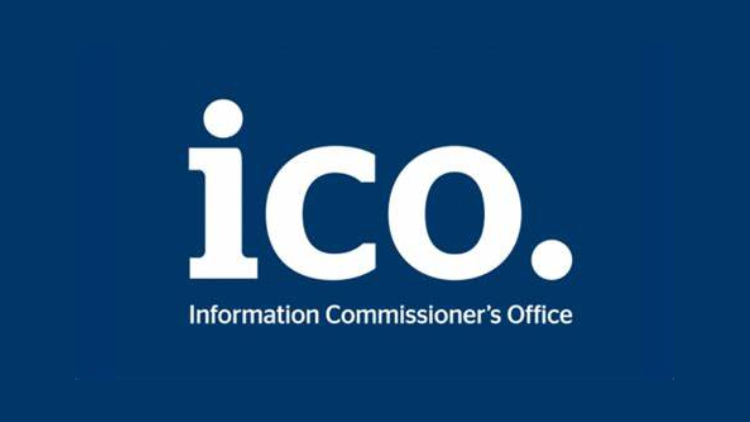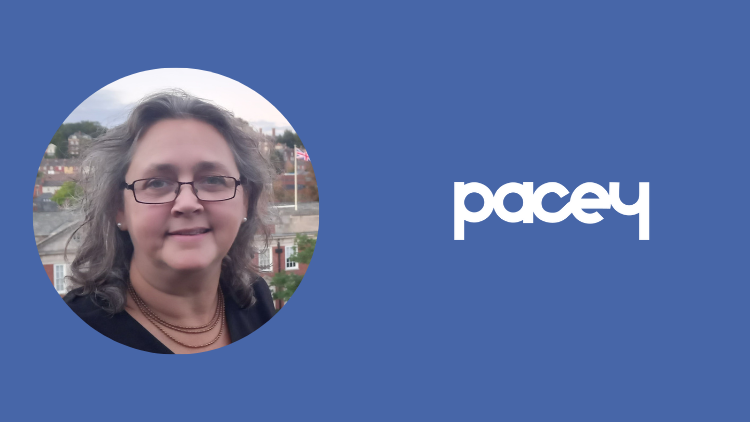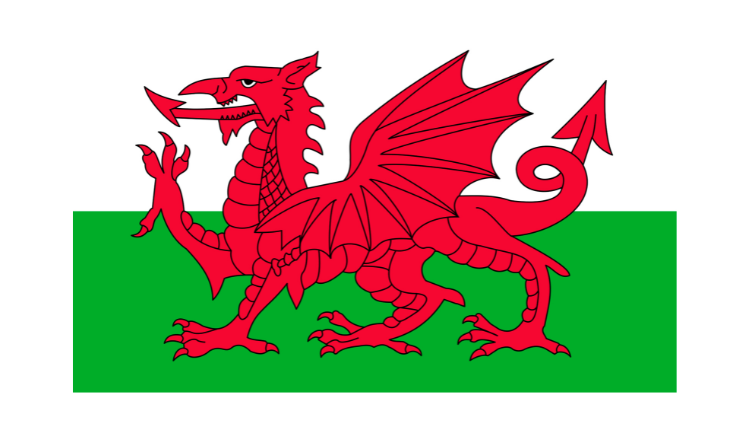John Parry, Senior Lecturer in Early Childhood
I’ve been a researcher and practitioner for more years than I can actually remember but the privilege and pleasure of working within the world of Early Childhood Education endures. Sharing, supporting, celebrating the rich early years of children’s learning is an uplifting and sometimes sobering experience. Over time you begin to recognise that for all our pre-conceptions of being ‘the teacher’, we adults learn as much from our interactions with the youngest people as they do from us. It’s that realisation which first motivated my finding out about ‘In-the-Picture’, an interest that that has for a long while been central to my own practice.
So what is it? In-the-Picture is a particular way of observing young children at play and engaging with their world which has been developed and used by researchers and practitioners in family homes as well as early years settings. The idea behind the approach is that it helps the observer focus much more clearly on what is important to the child. You all probably recognise the ‘Observe – Wait – Listen’ principle that works so well when trying to understand what’s going on when a young child is playing. Well ‘In-the-Picture’ is a listening tool that builds on this idea of helping us tune into the child.
In-the-Picture was primarily developed as a way to engage with the experiences of very young children with learning difficulties but can also be of value to use with other people who appear not to be responding positively to our dominant ways of communicating. It is an approach that is not dependent on the child being of a certain age or perceived level of understanding. Using In-the-Picture involves gathering four combined elements or perspectives:
The starting point is usually doing a short first-person narrative observation of your focus child as they play. This means recording what happens in the first person- you as observer writing as the child. So rather than, as would be usual in a narrative observation recording:
Imran picks up the book. He opens and closes it several times. Then he waves with it and throws it onto the floor
A first-person narrative observation would be:
I pick up the book. I open it then close it…open and close it. I hold it above my head and wave with it. I stop waving. I throw it onto the floor
Following the observation you take some photographs of the child’s focus during the activity you have just watched. Maybe it was a particular toy or a box or some shoes or a cushion-whatever sparked the most interest for them.
.png?lang=en-GB)

Finally and crucially comes reflective discussions about both the narrative observations and the photos involving other people who are part of the young child’s experience, for example parents and practitioners. It’s these discussions that can help develop a clearer understanding of the child’s perspective.
In my experience of using the approach such conversations with people around the child proved particularly powerful because they prompted shared thinking. This was not an assessment. In-the-Picture should be seen more as a way of exploring the views of children rather than capturing an “objective” or “true” picture of their perspective. It aims to offer insights into a child’s interests, act as a tool for reflection, a starting point for discussion or a facilitator for planning how to move forward together.
Practitioners that I have talked to have said its strength also lies in its simplicity and flexibility, allowing them to use In-the-Picture in ways that suit their own situations. First developed in 2008 by Jonty Rix and Alice Paige-Smith, both academics at the Open University, In-the Picture is now used more widely by Portage Home Visitors and Early Childhood practitioners in various settings throughout the UK and beyond. Many of these people have taken the free online course that covers all aspects of using In -the -Picture and if you’re looking for more information this is the best place to look.
About the author:
John Parry is a Senior Lecturer in Early Childhood at the Open University. He went into academia from the world of practice where he worked for many years as a Portage Co-ordinator and Early Years Teacher. As part of his role at the OU he has supported PACEY in the development of PACEY’s CEY Smart online courses since 2019.



